Epicurious
10 food trends to watch over the next decade.
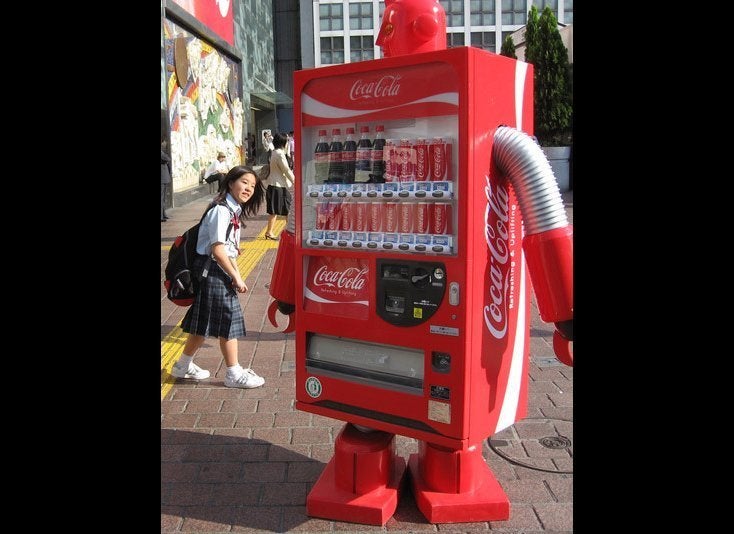
The vending machine, last resort of the truly desperate, is in the midst of a much-needed makeover. High-end vending is already common in Asia, where street- and rail-side kiosks dispense everything from noodles and sushi to farm-fresh eggs. Now the trend is catching on in the West, with machines in the U.S. and Europe offering fresh lobsters, ice cream, and quiche.
Homegrown

It's one thing to buy only locally grown food, as per Alisa Smith and J.B. MacKinnon's 100-mile food diet or Barbara Kingsolver's memoir, Animal, Vegetable, Miracle. But the next generation of trendsetters is taking the concept to its logical extreme via window-ledge herb gardens, rooftop chicken coops, or backyard apiaries. The percentage of households growing at least some of their own food is up 24 percent since 2007, according to the National Gardening Association. And many of those gardens are in the big cities—witness New Yorker Manny Howard's My Empire of Dirt.
Daredevil Digestion

Live octopus, fried insects, human placenta, rattlesnake…these are fair game as foodstuffs in other cultures, but for Americans, eating what we once perceived as scary or gross is becoming more mainstream. Many may scoff at what Andrew Zimmern ingests on Bizarre Foods, but intrepid organizations like the Boston Gastronauts, the San Francisco Food Adventure Club, and the Organ Meat Society of New York City have been pushing the edgy eating envelope for some time. And as restaurants embrace a nose-to-tail approach, American diners are savoring things they'd once have scorned, including lamb's tongue, chicken feet, and pig's ears.
Advertisement
BYOF

Pretty much everyone's been to a bring-your-own-bottle restaurant—but what about a bring-your-own-food bar? Early in 2010, the New York Post spotlighted five BYOF spots in the city, including two that allow patrons to use the house grills. Denver's Star Bar allows patrons to bring their own eats, and Yelp's Chicago edition features a list (albeit brief) of BYOF spots. This trend may just keep growing, since it's a 'win-win for everyone: Bars get to create a restaurant atmosphere without the hassle of a full kitchen, and customers get an affordable, customizable night out.
More Veggies, Please!
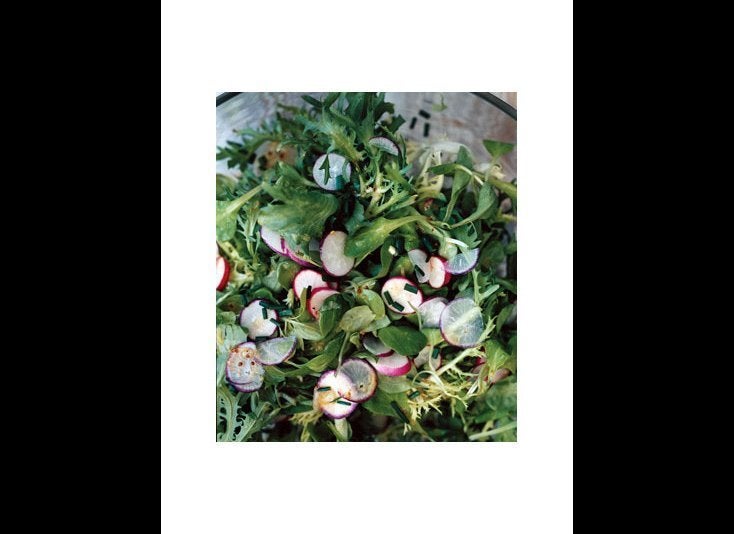
Vegetarianism is more popular than ever: In the United States, roughly 12 percent of women under 35 don't eat meat, while 3 percent of the total adult population call themselves strict vegetarians (no meat, fish, or poultry). Unsurprising and heartening given that, according to a United Nations report, the world's cattle herds do more damage to the environment than all our cars and planes combined.
Pared-Down Processed Foods
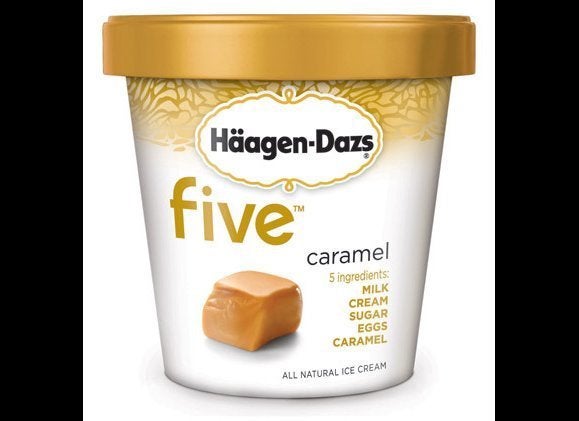
Tired of unpronounceable ingredients and emboldened by healthy-food avengers like Michael Pollan, consumers and the companies that market to them are taking a less-is-more approach when it comes to store-bought foods. This means shorter ingredient lists and more products that are free of preservatives, artificial colors and flavors, and sugar substitutes. Häagen-Dazs' Five line was in front of the trend, but other companies, including Frito-Lay, Kraft, Campbell's, Beech-Nut, and Starbucks, are reworking their recipes, packaging, and marketing strategies to follow suit.
Advertisement
The New Monogamy
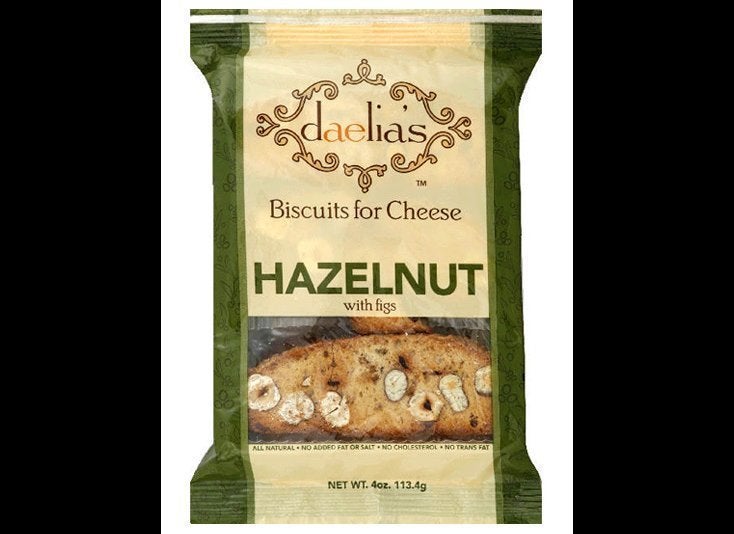
Several companies have recently introduced narrowly focused products designed for very specific food combinations. Brix Chocolate offers milk, dark, and extra dark bars formulated exclusively for pairing with wine; Daelia's Biscuits for Cheese are made to go with cheese and nothing else ("Sir, please step away from the pâté"); and the Savannah Bee Company bottles a variety of honeys specifically designed for everything from sweetening tea to enhancing the flavors of food on the grill. Valid responses to our ever-more-sophisticated palates? Or faddish attempts to claim space on crowded market shelves? We'll see how this one turns out.
There's an App for That
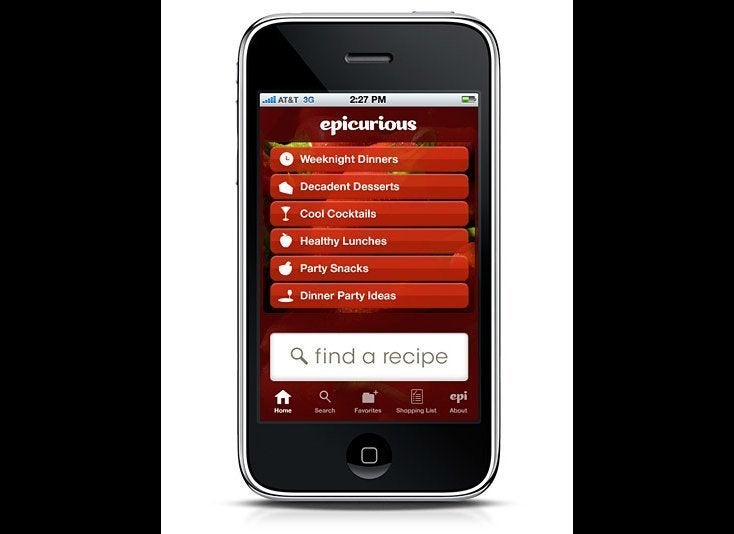
The food world has quickly embraced smartphones, mobile applications, and the iPad, offering a host of fun and convenient tools for everyone from busy moms to locavores to food-porn junkies. In addition to, ahem, our very own Epicurious application, there are apps for just about every foodie need and desire, including searching for restaurants (UrbanSpoon), making reservations (OpenTable), telling friends what restaurant you're dining at (Foursquare), reviewing restaurants (Yelp), finding out what's in season (Locavore), sharing food photos (Foodspotting), and tracking calories (Lose It!). We're still waiting for the one that cleans your kitchen after a dinner party.
Mobile Meals

Eating-on-the-go options used to run the gamut from McDonald's to Burger King. But in big cities, at least, a new wave of gourmet food trucks is serving up a dizzying array of treats, from free-range lamb burgers and Korean tacos to Belgian waffles and artisanal ice cream. With the trend now crowned by a Food Network show, The Great Food Truck Race, it's only a matter of time before the van-guard hits smaller towns and suburbs across the country.
Advertisement
The eMicromarket

Running alongside the "eat local" movement is the expansion of Web-based artisanal food stores. Online grocery delivery services like FreshDirect and Peapod have long made weekly food shopping a breeze in the communities they serve, while Amazon and smaller niche Web sites sell international specialty products that can't always be found at your local market. But the decade-old convenience of online food foraging has recently expanded to embrace mom-and-pop vendors via "storefronts" on sites like Foodzie and Foodoro. It's a small world, after all.